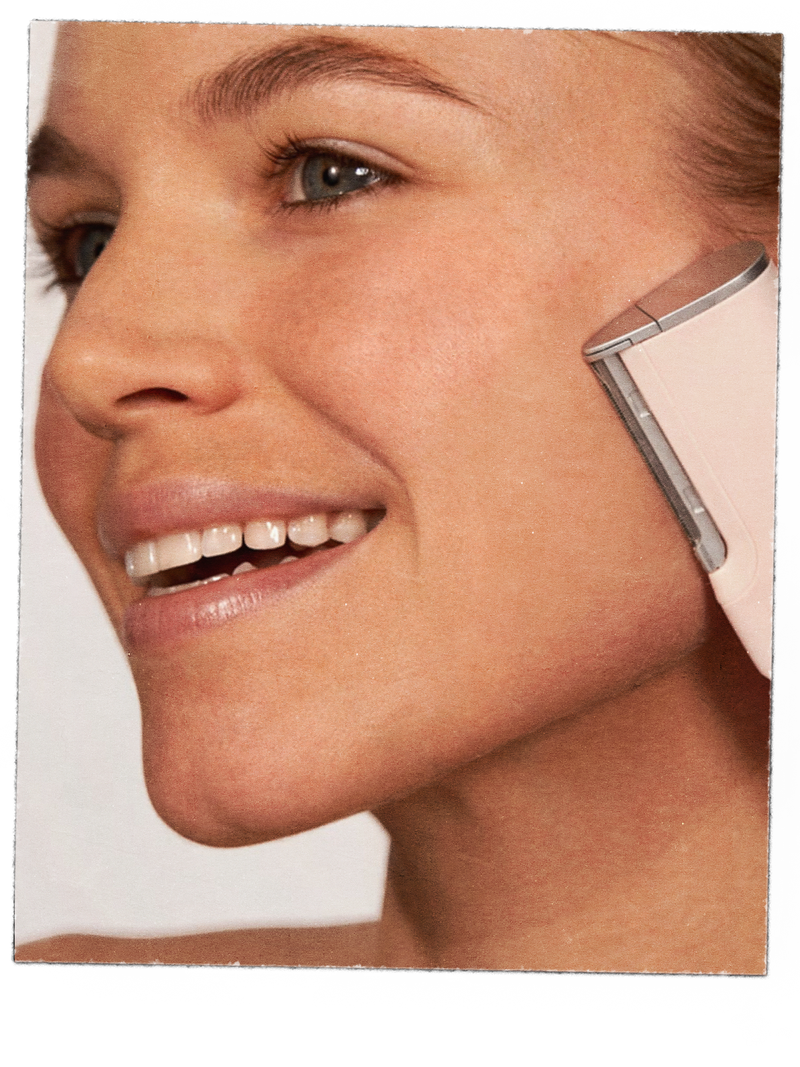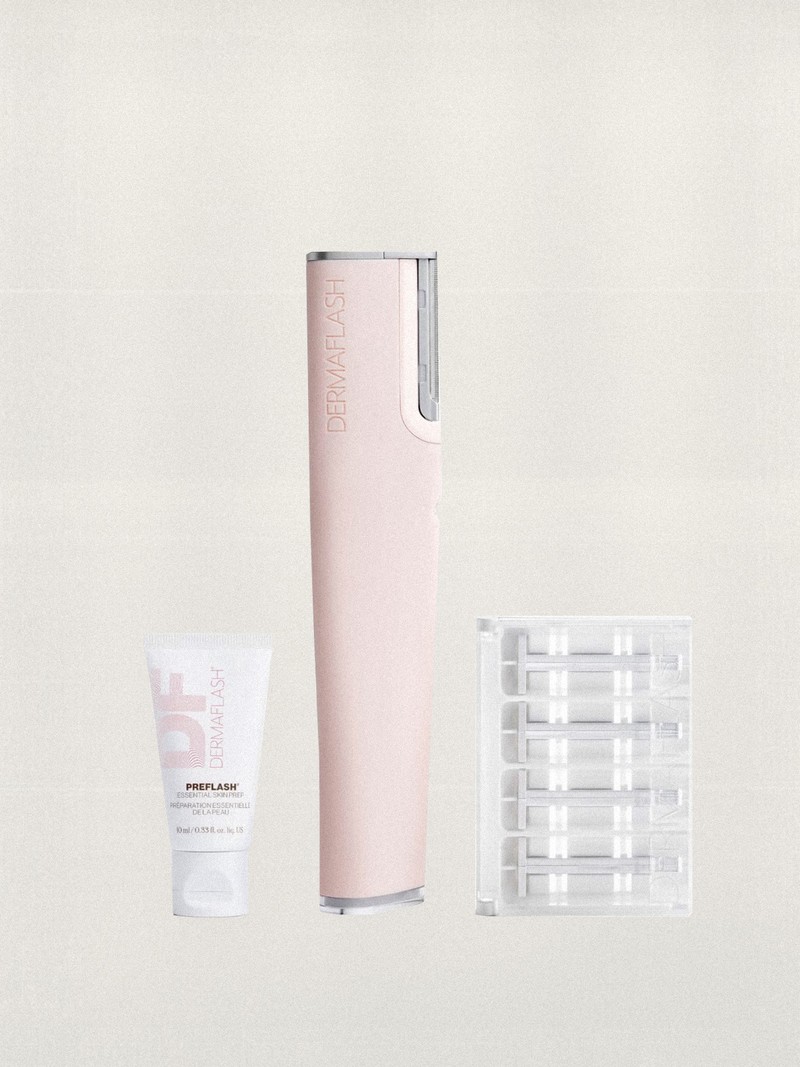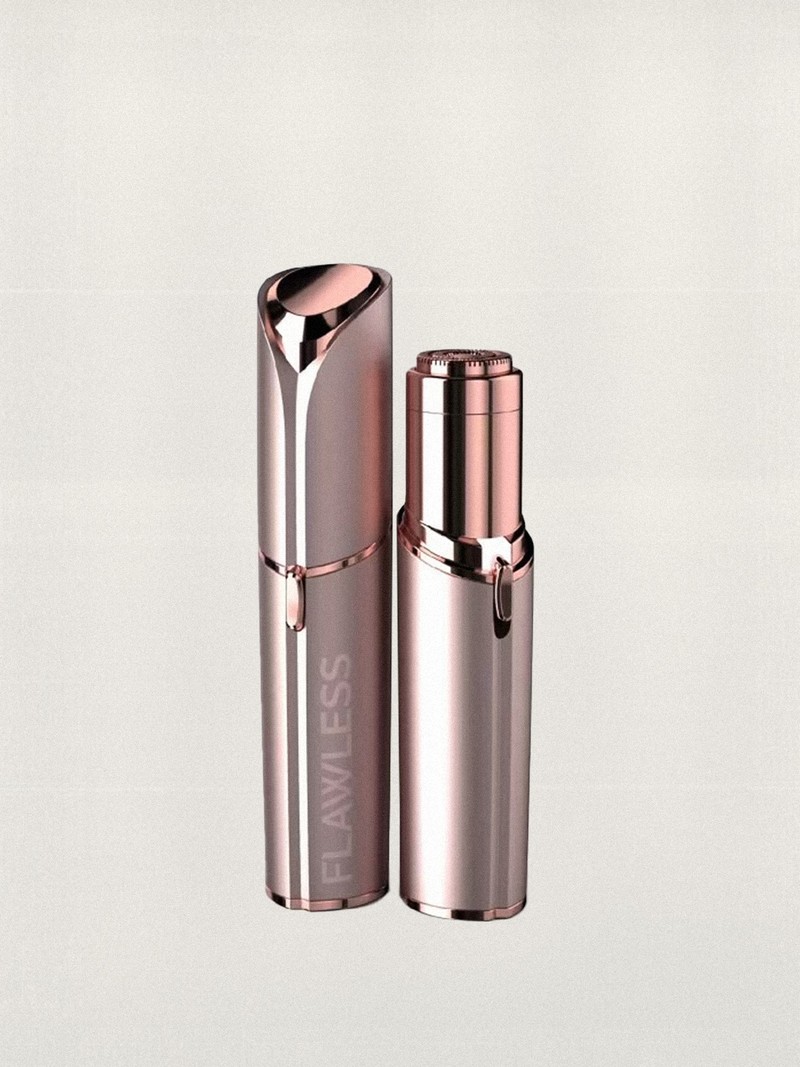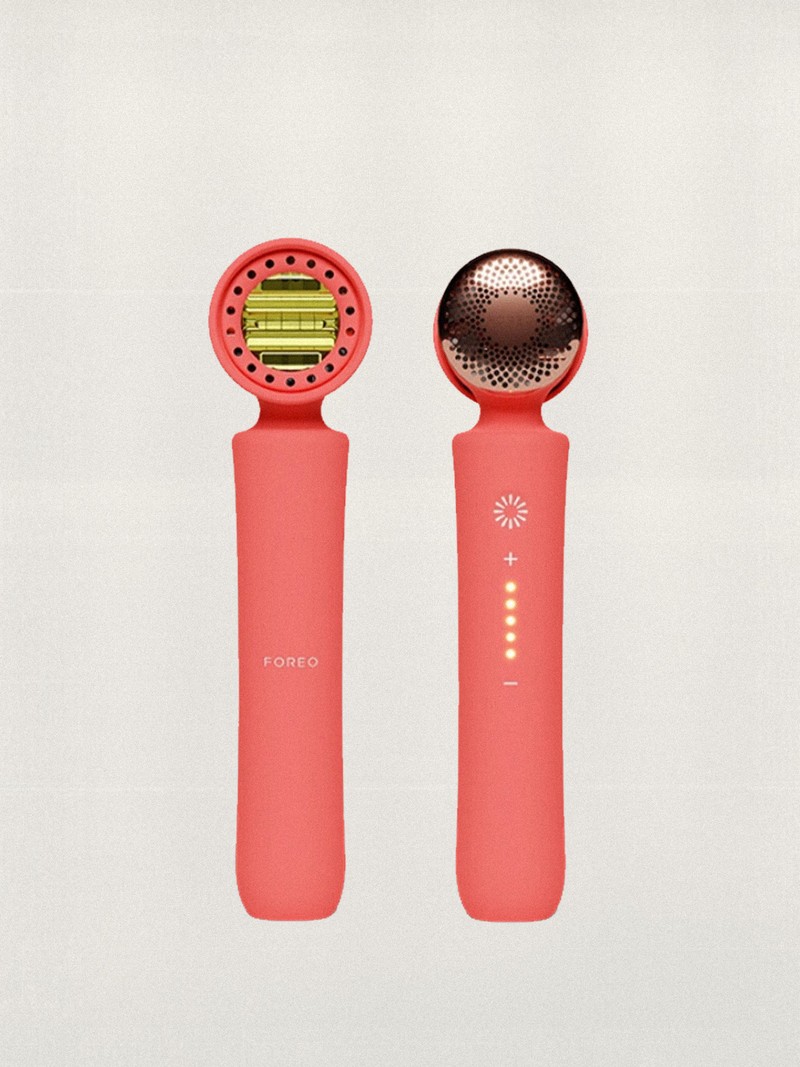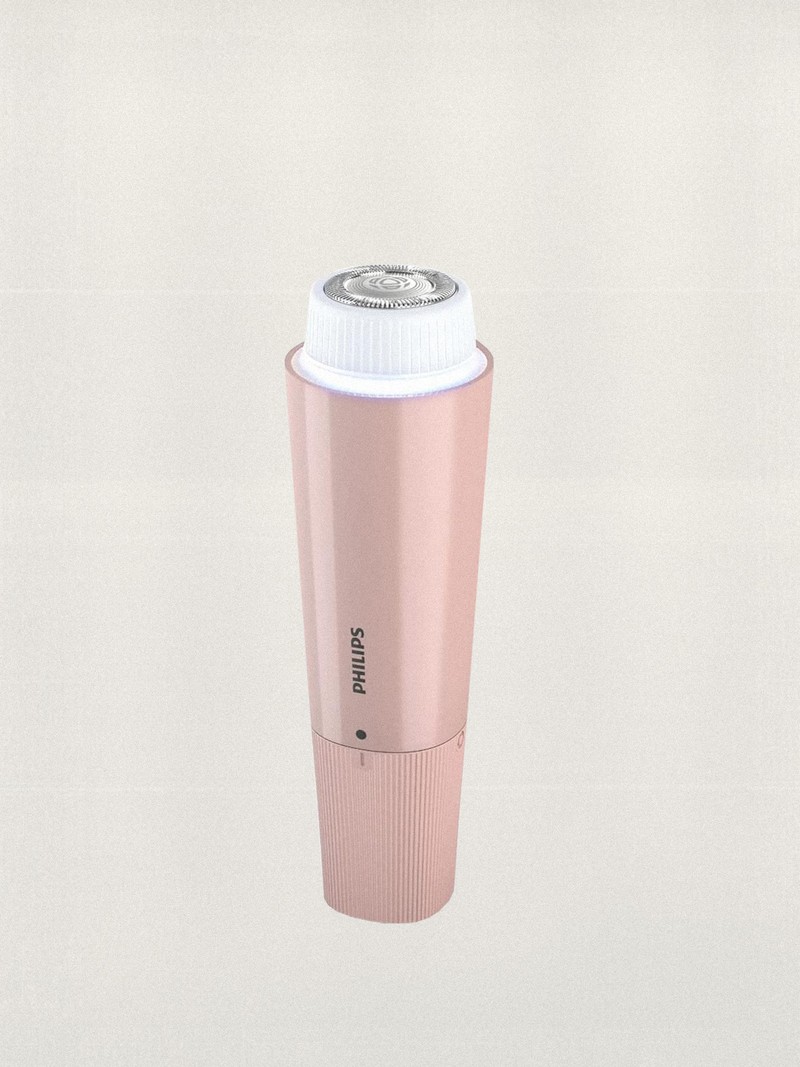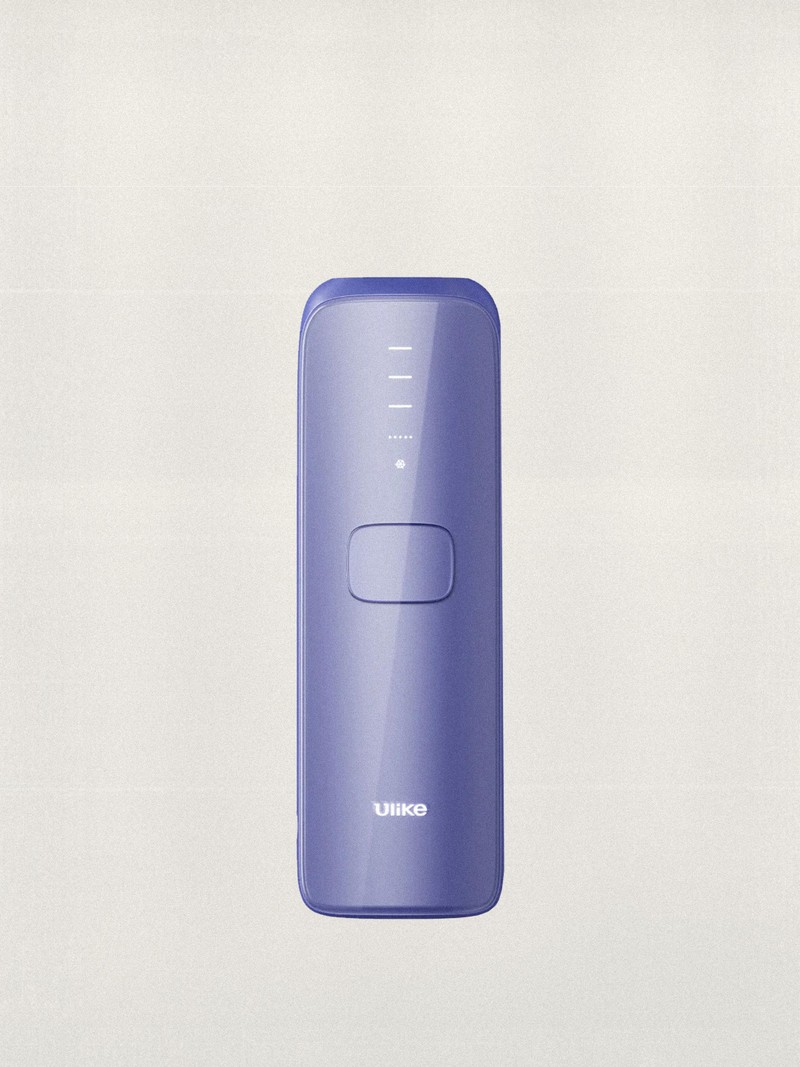6 Best Facial Hair Removal Tools For Silky Smooth Skin
Advanced Sonic Dermaplaning & Peach Fuzz Removal, £180 | Dermaflash
The Luxe+ is specifically designed to be kind to women’s skin. It acts as an exfoliator and leveller by removing the top layer of dead skin cells and built-up debris, as well as the fine hairs on your face. It is gentle enough to work for all ages and skin types – sensitive skin included – thanks to the microfine edges on the blades. There’ll be no nicks or cuts with this one.
Available at LOOKFANTASTIC.com
Finishing Touch Flawless Face Removal Device For Face, €20.31 (was €23.90) | Flawless
We’ve all been there – doing our make-up in the mirror only to see your foundation is clinging to your facial fuzz. This wand is great for las-minute removal and touch-ups and – thanks to its ergonomic design and LED light – it can help you get into those hard-to-reach areas, like under the chin and on the sideburns. The hypoallergenic 18-karat gold plated head also cuts down the risk of irritation, redness or nicks.
Available at MactaBeauty.com
Peach 2.0 Ipl Hair Removal Device, £369 | Foreo
If you’re looking for more than just a quick fix, an IPL device could be worth investing in and Foreo’s 2.0 does it all. It comes with two modes: the glide mode for big areas like the legs and stomach, as well as the stamp mode for smaller areas like the bikini line, underarms and face. It has a flexible and self-adjustable head, allowing you to get into the contours of your face, as well as your body. Most impressively, it also delivers 120 flashes per minute with a 0.5 flash speed, which is higher than most IPL machines on the market.
Available at SpaceNK.com
Facial Hair Remover 5000 Series - BRR454/00, £24.99 | Philips
Much like the Finishing Touch Flawless Face™ device, this Philips wand comes with a powered head that catches all of your fine hairs. The curved design allows the tool to glide across your face and cut close to the skin, so it’ll catch everything from peach fuzz to thicker hairs. Plus, it is compact, and has a built-in mirror and LED light to make on-the-go hair removal even easier.
Available at Boots.com
Facial Razor, £18 | Tweezerman
While it can look a bit Sweeney Todd, this facial razor is safe and effective to use. The blade sweeps across the skin, catching any stray hairs and removing any debris as it goes. The stainless-steel blades are durable, easy-to-clean and hygienic – and they can be easily swapped when they dull, so it’s more eco-friendly, too.
Available at Tweezerman.co.uk
Air 10 IPL Hair Removal Handset, £269 | Ulike
Anyone who’s ever used an IPL machine knows they can get a little hot on the skin. Luckily, the Ulike Sapphire combats this with its ‘Sapphire Ice-Cooling technology’, to make the process as painless as possible. It’s safe enough to be used on the face, neck and décolletage, as well as all over the body and can do a head-to-toe removal session in just 12 minutes. In just four weeks, you’ll be able to see a visible reduction in hair growth.
Available at Uk.Ulike.com
DISCLAIMER: We endeavour to always credit the correct original source of every image we use. If you think a credit may be incorrect, please contact us at info@sheerluxe.com.
